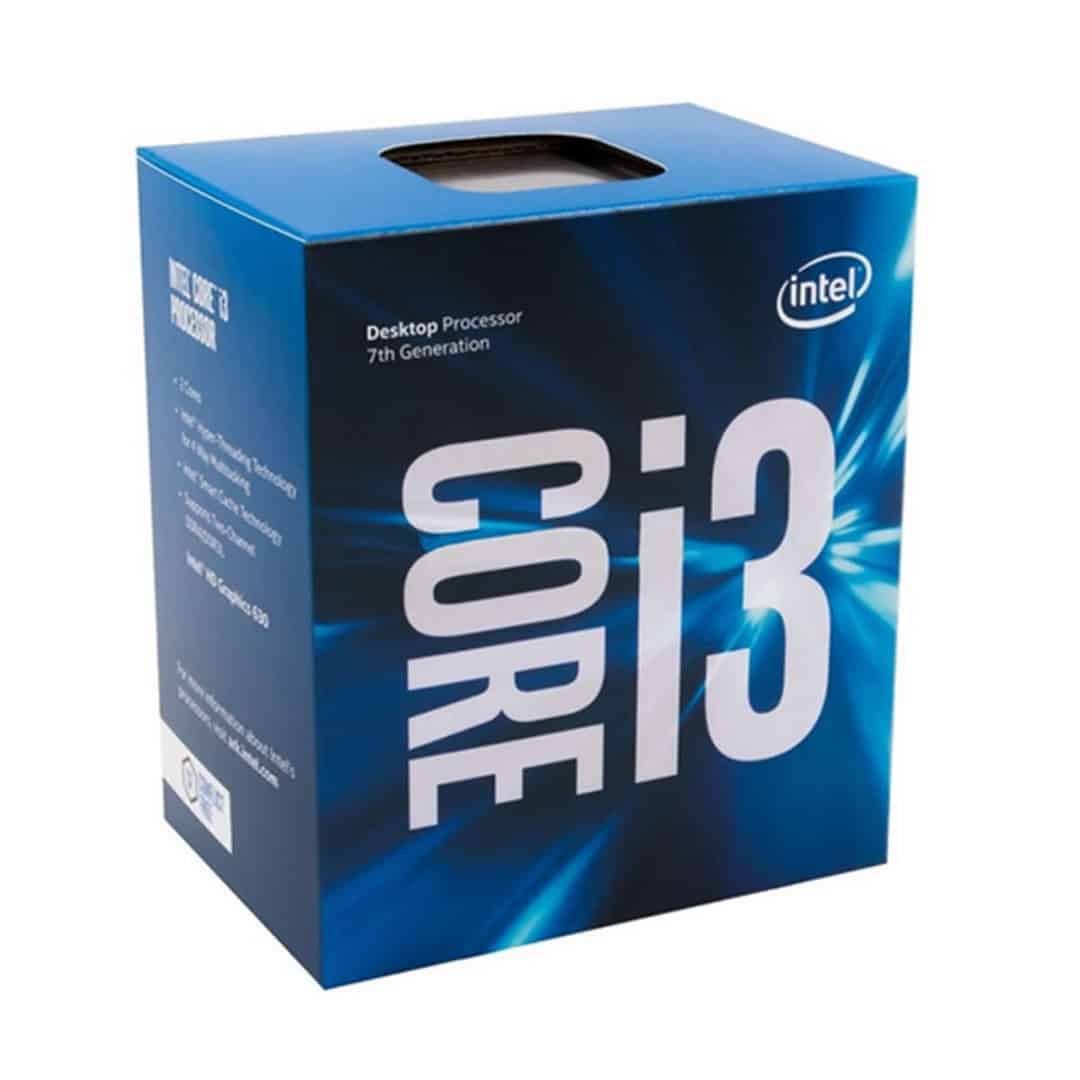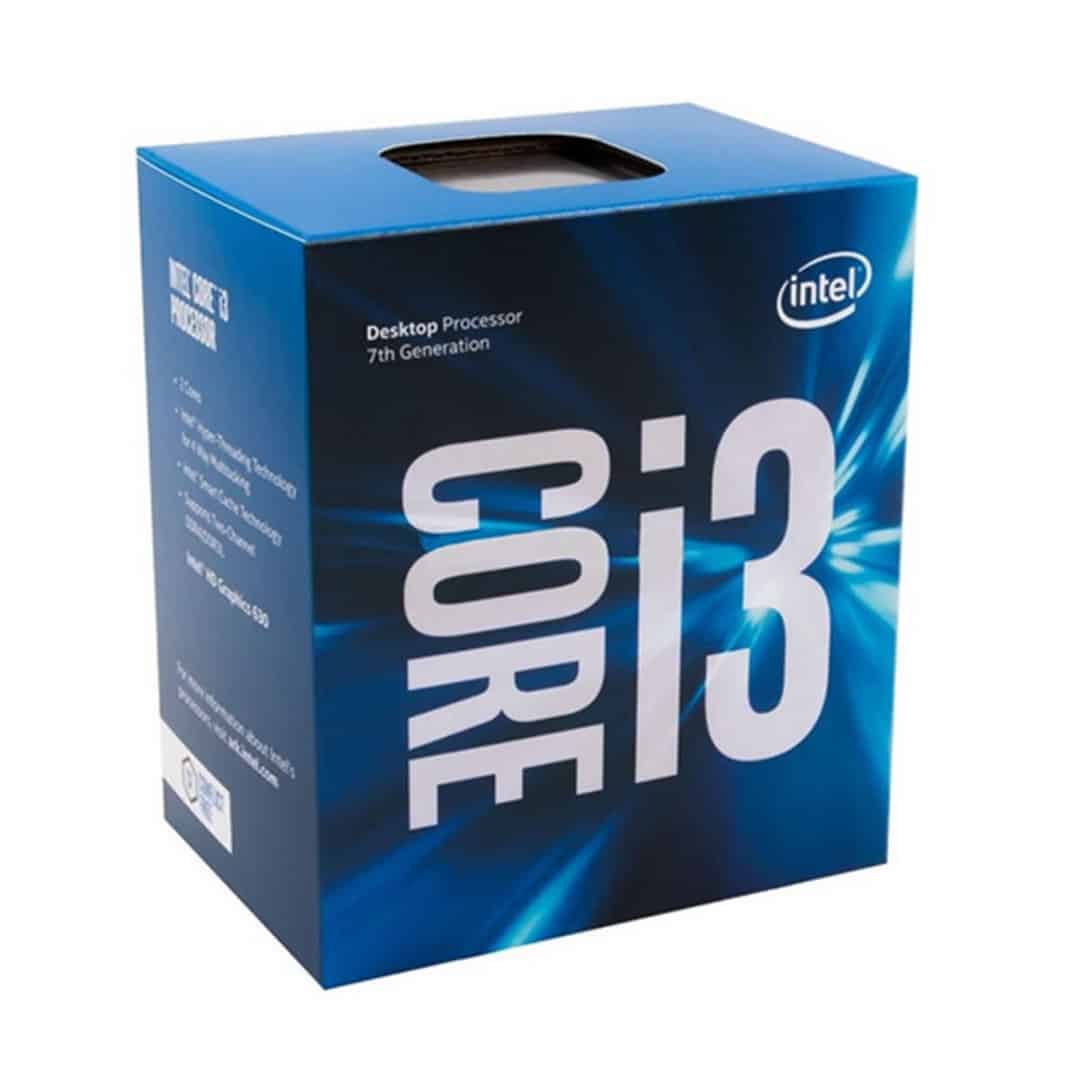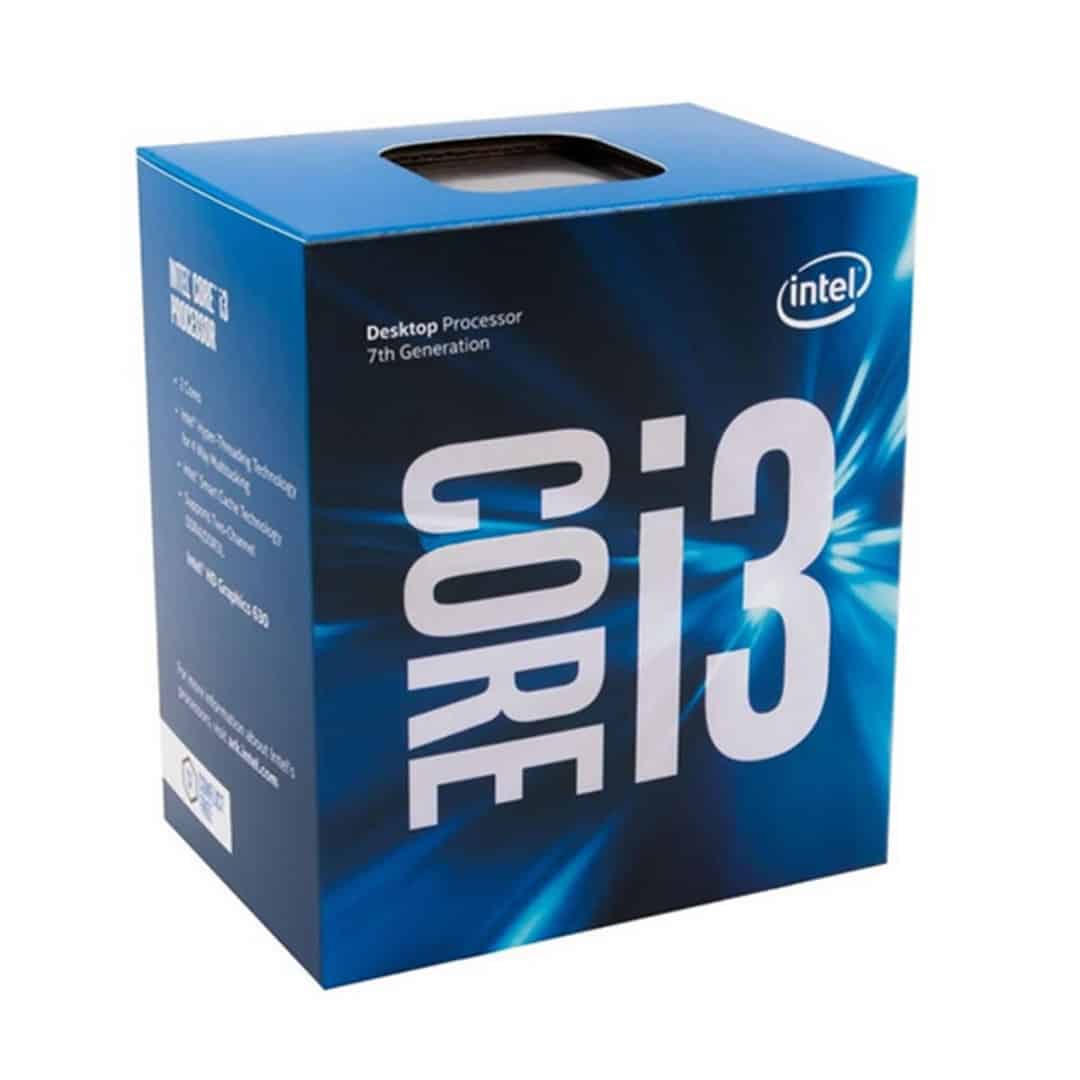


Intel Core i3-7100 3.90GHz (Kaby Lake) Socket LGA1151 Processor – Retail
£115.83
Core i3-7100 3.90GHz (Kaby Lake) Socket LGA1151 Processor – Retail Intel’s 7th Generation of processors bears the name “Kaby Lake” and makes use of newly optimised manufacturin
Out of stock
This product is currently sold out.
No worries! Enter your email, and we'll let you know as soon as it's back in stock.
Core i3-7100 3.90GHz (Kaby Lake) Socket LGA1151 Processor – Retail
Intel’s 7th Generation of processors bears the name “Kaby Lake” and makes use of newly optimised manufacturing processes when compared to the previous generation’s “Skylake” range. The new 14 nm plus process enables higher clock frequencies at a lower voltage and this made it possible to increase the efficiency yet again. The consistency of the microarchitecture allowed the performance of the Kaby Lake series of CPUs to be pushed even further.
The Intel Core i3-7100: Kaby Lake and its Advantages Compared to its Predecessors
The Intel Core i3-7100 provides a clock frequency of 3,9 GHz and with its mere 51 Watt Thermal Design Power (TDP) sits on the lower end of the power consumption scale. As a Core i3 this quad-core processor comes with Intel’s Hyper-Threading technology, thereby enabling not just two, but four threads to be run simultaneously..
Besides the increased clock frequencies in comparison to “Skylake”, Kaby Lake processors also come with Speed Shift 2.0. Speed Shift was introduced with Skylake and is a feature that allows the CPU to have more control over the clock frequency. This allows processors to react more quickly to requests for additional performance and minimises delays as a consequence.
Speed Shift 1.0 reduces the space of time required to reach maximum clock frequencies, reducing it from about 100 milliseconds to roughly 30 milliseconds. Speed Shift 2.0 on the other hand allows this period of time to be cut in half once again – thus allowing the CPU to reach its peak clock frequency a mere 10-15 milliseconds after beginning a task.
LGA 1151 Kaby Lake with DDR4-2400 and Intel HD Graphics 630
Kaby Lake also supports, depending on the motherboard, DDR3L memory. By and large it is preferable, however, to use faster and more efficient DDR4 memory – which now supports 2.400 MHz as standard. This edition also retains the LGA 1151 socket and Kaby Lake processors are compatible with chipsets from the 100- (“Sunrise Point”) and 200- (“Union Point”) series.
The biggest difference between the 200-series chipsets in comparison to the 100-series is the support for Intel’s upcoming Optane Memory technology whose “XPoint” memory structure supports a data transfer rate up to ten times higher than NAND memory while enabling improved operational durability. Hard drives with Optane Technology, similar to the extremely fast NVMe-M.2 SSDs, are linked to the motherboard via PCIe slots.
The integrated graphics processing unit (iGPU) known as the Intel HD Graphics 630 (version GT2) offers more than enough graphical horsepower with its 24 Execution Units for Intel Quick Sync, GPU compute, and of course one or two games as well. Furthermore the GPU supports DirectX 12 along with Feature Level 12_0, OpenGL 4.4 and OpenCL 2.0, as well as 60 Hz 4K/UHD resolution playback over DisplayPort subject to the corresponding motherboard utilised.
Here we refer to the boxed version of the processor, a CPU cooler is contained within the bundle.
The Intel Core i3-7100 – An Overview:
Dual-Core Processor (4 Threads with HT)
Base Clock of 3,9 GHz
4 Megabyte L3 cache
Low TDP of 51 Watts
Support for DDR4-2.400 (Dual Channel)
Integrated HD Graphics 630 GPU
AVX2 Instruction Set Extension (Advanced Vector Extensions)
AES Encryption (Advanced Encryption Standards)
Compatible with 100- and 200-series Intel chipsets Technical Details:
Type: Intel Core i3-7100 (“Kaby Lake”)
Manufacturing Process: 14 nm PLUS
Cores: 2 / 4 (physical / virtual)
Clock Frequency: 3,9 GHz
Level 3 Cache: 4 MB
Memory Controller: internal
Memory Channels: 2
Supported Memory: DDR4 (2.133/2.400 MHz) / DDR3L (1.333/1.600 MHz)
Integrated Graphics: Intel HD Graphics 630 (24 EUs, max. 1.150 MHz)
TDP: 51 Watt
Socket Compatibility: LGA 1151
| MPN |
BX80677I37100 |
|---|---|
| Brand |
Intel |
| GTIN (EAN): |
5032037096171 |
| CPU Type |
Intel Core i3 |
| Socket Type |
Intel LGA 1151 |
Shipping Options
Standard Shipping (Mainland UK)
Priority Next Day Shipping (Mainland UK)
Northern Ireland
Scottish Highlands and Outlying areas
Delivery Method
We usually use DPD, TNT, DHL and Royal Mail for Mainland UK addresses.
TRACKING
Once dispatched, you will receive an email with your tracking details in which you can check the status of your delivery. You’ll need to sign for the delivery, so please keep track of the delivery date.
DAMAGED IN TRANSIT
We ship all products in unopened boxes directly as received from our manufacturer in brand new and in perfect condition.
If you should receive a product that has been damaged while in transit please reach out to us here within 2 Days and we will certainly be able to address your concerns.
If you notice damage please sign for delivery with caution as if signed and received in good condition, it could invalidate further claims.





Reviews
There are no reviews yet